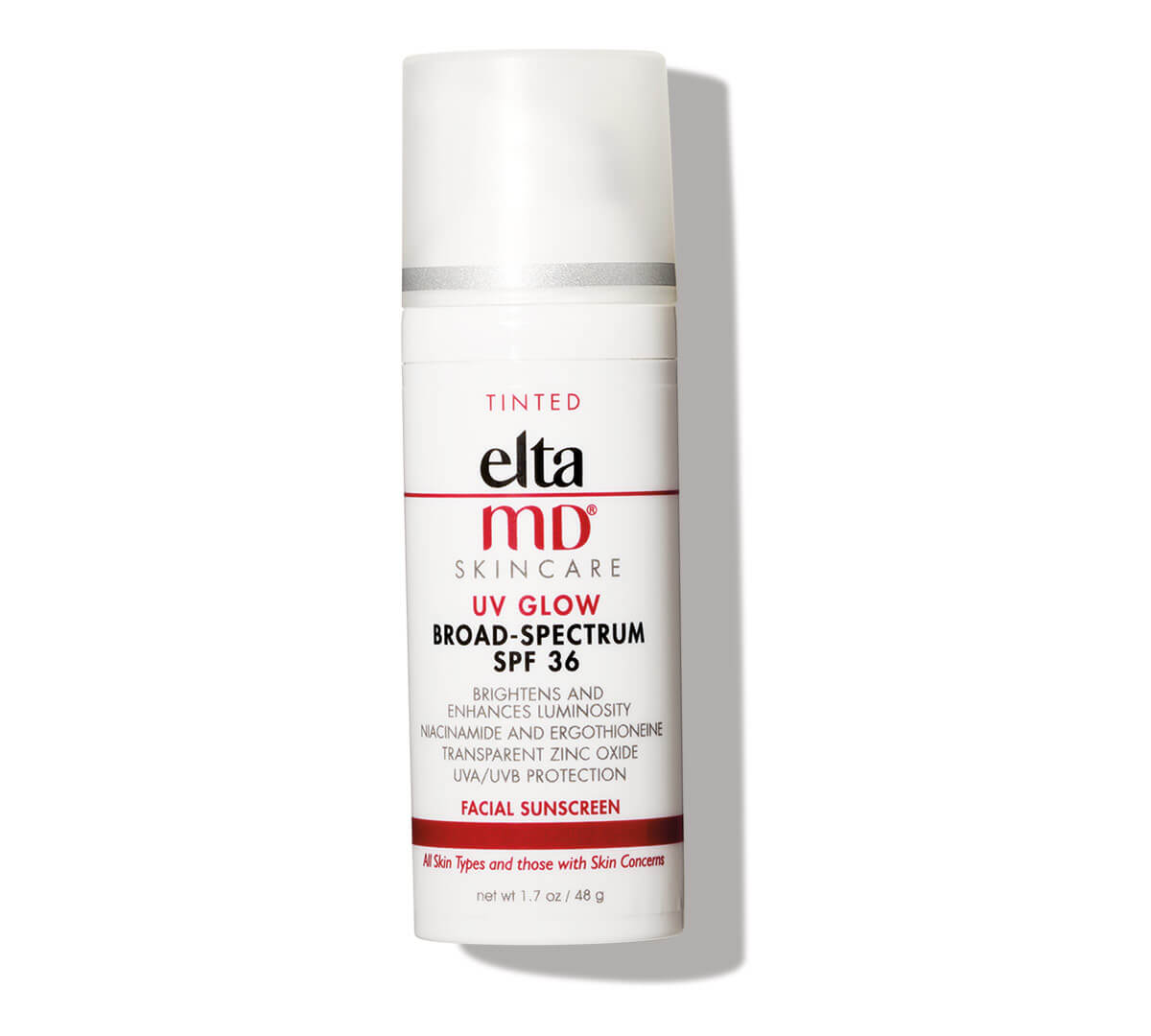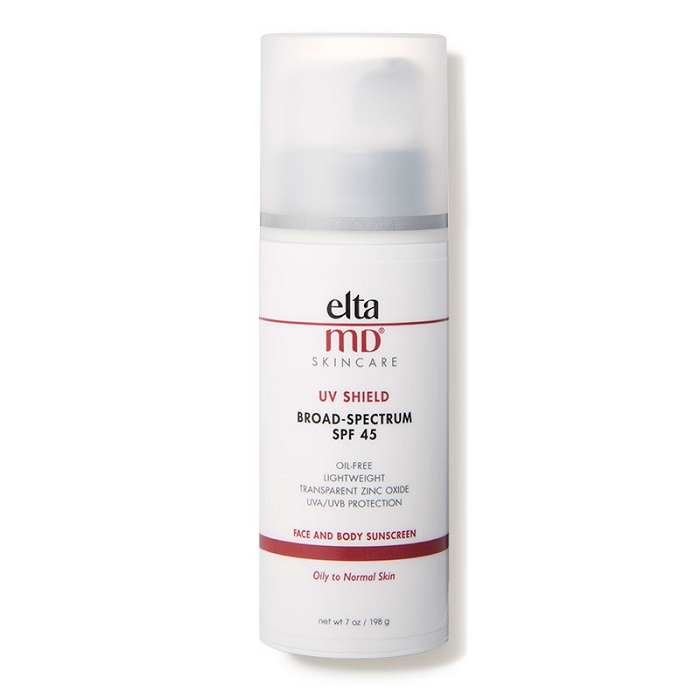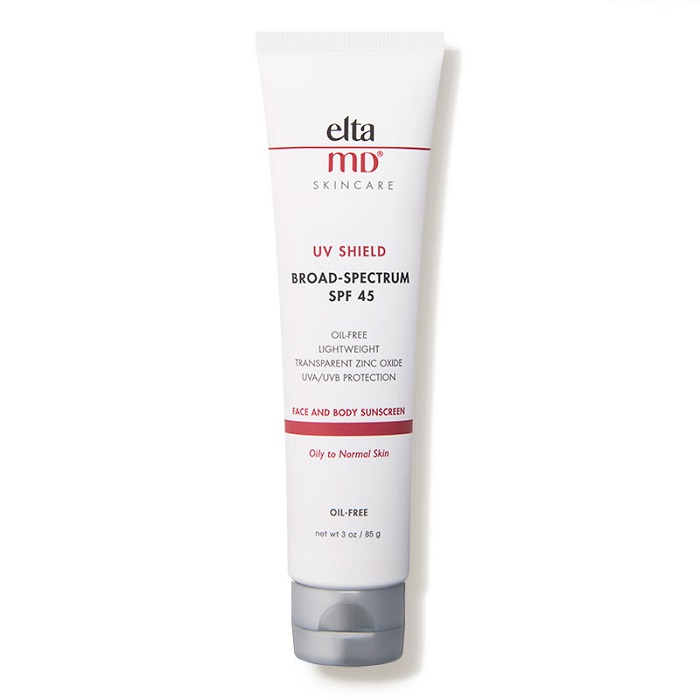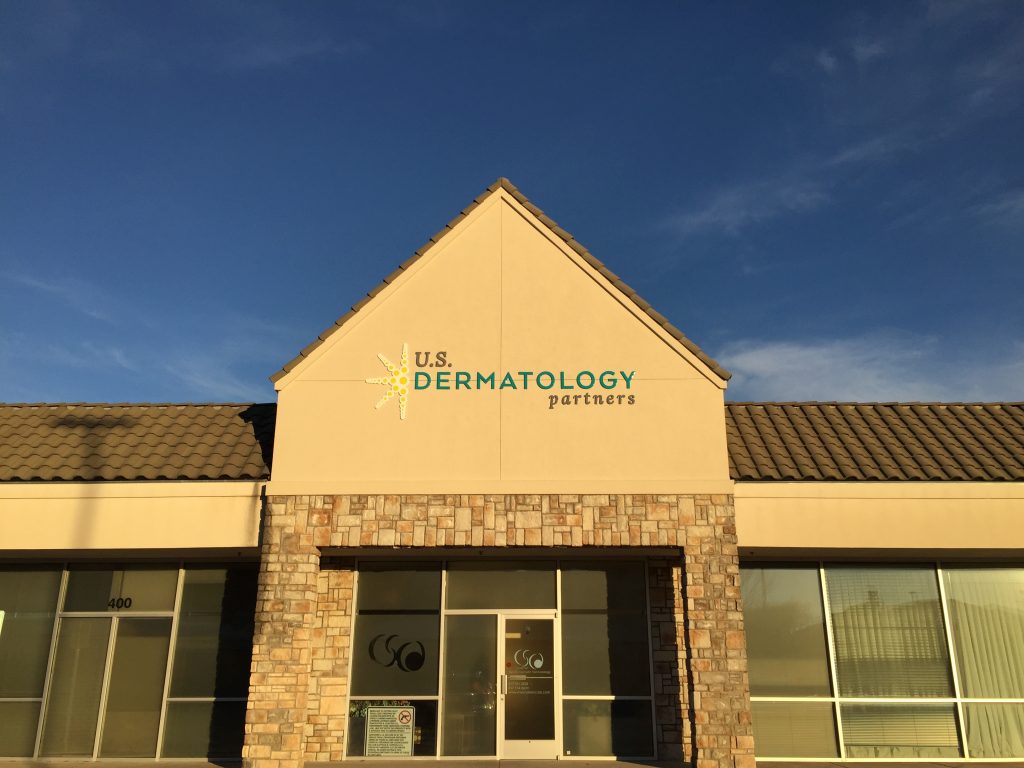
UV Glow Tinted Broad-Spectrum SPF 36 (1.7 oz)

UV Shield Broad-Spectrum SPF 45 (Pump)

UV Shield Broad-Spectrum SPF 45 (Tube)

We are located behind the Williams Trew Office north of Walgreens, near Oak Park Lane.
Get Directions|
Monday: |
8:00AM - 5:00PM |
|
Tuesday: |
8:00AM - 5:00PM |
|
Wednesday: |
8:00AM - 5:00PM |
|
Thursday: |
8:00AM - 5:00PM |
|
Friday: |
8:00AM - 5:00PM |
|
Saturday: |
Closed |
|
Sunday: |
Closed |

Kathryn "Celeste" Durham, MD, FAAD
General DermatologySkin CancerCosmetic Dermatology
Accepting New Patients

James R. McCarty, MD, FAAD
General DermatologySkin CancerCosmetic Dermatology
Accepting New Patients
From your early years to your golden years and everywhere in between, U.S. Dermatology Partners Fort Worth South Hulen is dedicated to helping you maintain healthy skin for a lifetime.
U.S. Dermatology Partners Fort Worth South Hulen is located inside the Center for Skin and Cosmetic Dermatology in Fort Worth, Texas. As a top Fort Worth dermatology clinic, we provide comprehensive skin services and skin cancer treatments, including Mohs micrographic surgery and a diverse array of cosmetic procedures. Also home to the ‘Best Doctor’ by Fort Worth Magazine every year since 2000, a Texas Monthly Super Doc and the #1 Cosmetic Producing Practice in Tarrant County by Fort Worth Business Press, we are proud of our respected dermatology team. We are honored to serve the Overton Park, Bluebonnet Hills and Overton Woods neighborhoods of Fort Worth.
Whether it’s protecting your skin from harm or restoring it to health, we have the knowledge, skills and technology to treat a wide range of skin conditions. Our specialized skin cancer procedures have generated exceptionally high cure results. In addition, our expert treatment of acne, dermatitis, psoriasis and other common conditions continue to expand with the development of additional physician and nursing resources, treatment options and advanced clinical trials.
As a top Fort Worth dermatologist, our passion is to provide the highest quality skin care available to you, our patients. We hope to make each visit — from initial consultation to treatment to follow-up — the most convenient and comfortable experience possible. We want to be your skin care partner for life.
We deliver a lifetime of skin care from childhood to middle age to the golden years. We treat conditions like acne, psoriasis and eczema to relieve or improve symptoms that limit your comfort, health and enjoyment. We provide specialized, highly effective Fort Worth dermatologist treatments for a variety of skin cancers to restore and extend the quality of your life.
Whether you suffer from pain, irritation or embarrassment from a persistent skin condition or if you’ve noticed a suspicious new spot or mole, we can help.
For general inquiries or if you would like to request a call back, please click below to fill out our contact form.
Contact Us
UV Glow Tinted Broad-Spectrum SPF 36 (1.7 oz)

UV Shield Broad-Spectrum SPF 45 (Pump)

UV Shield Broad-Spectrum SPF 45 (Tube)